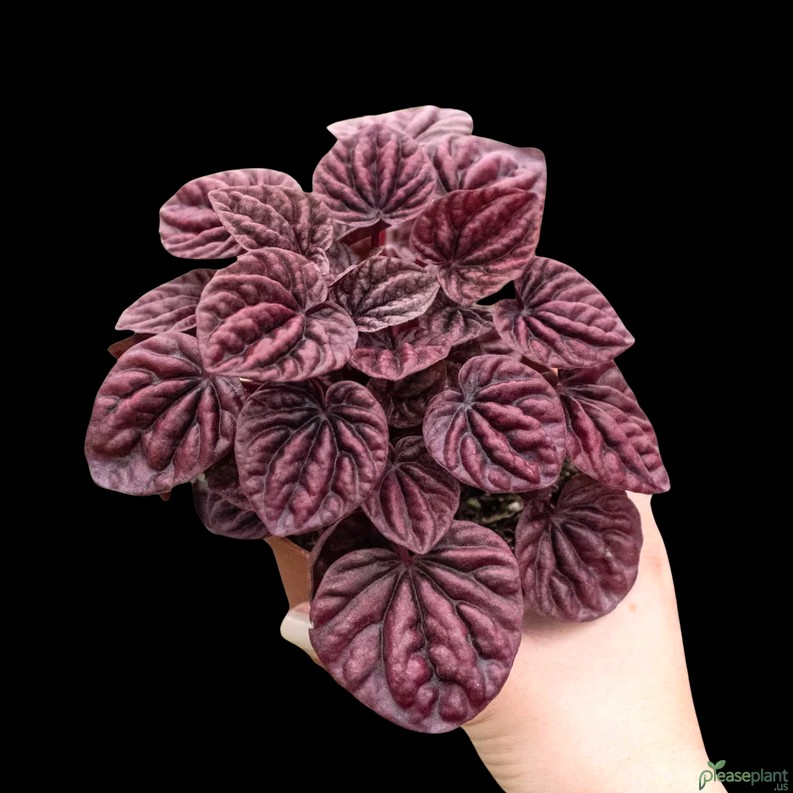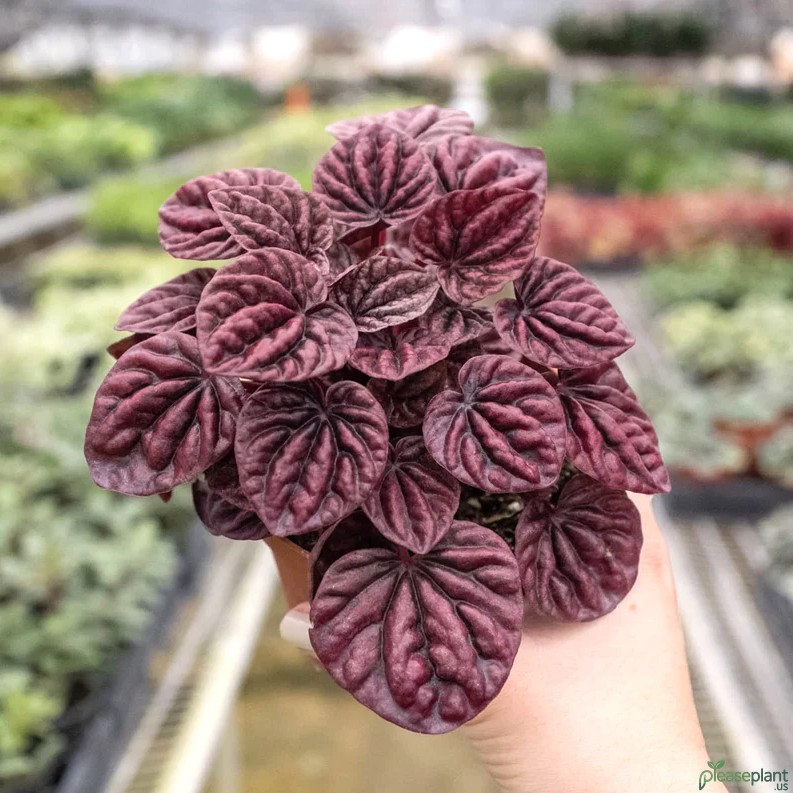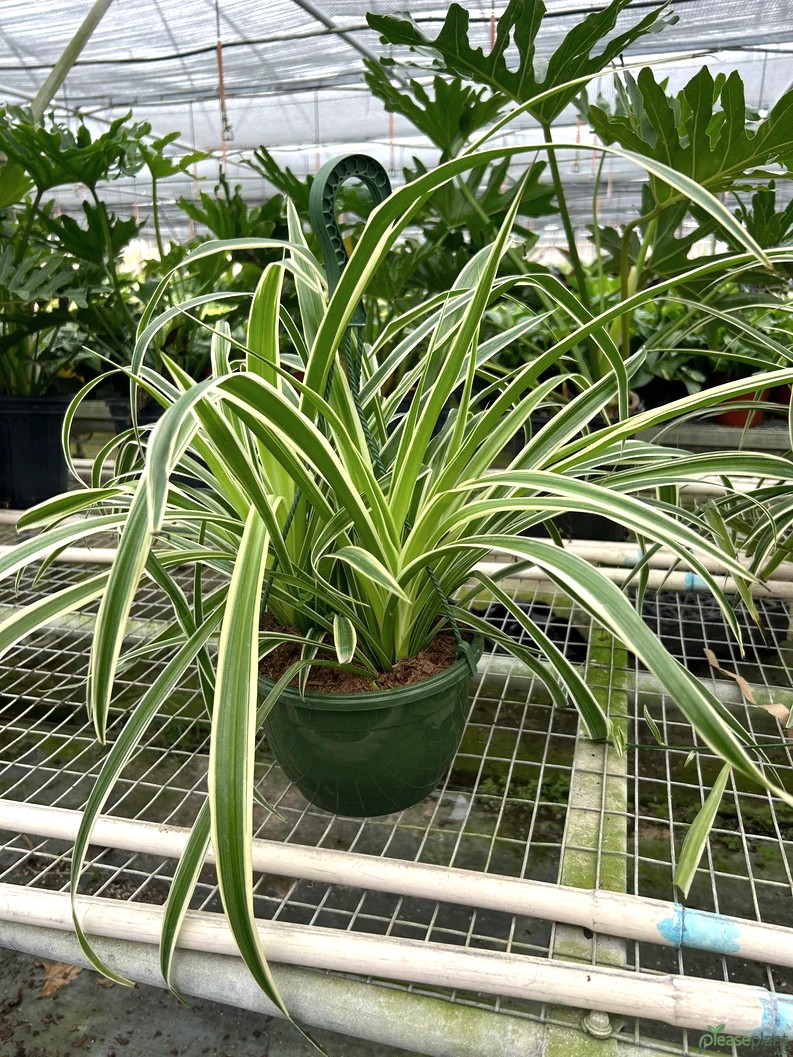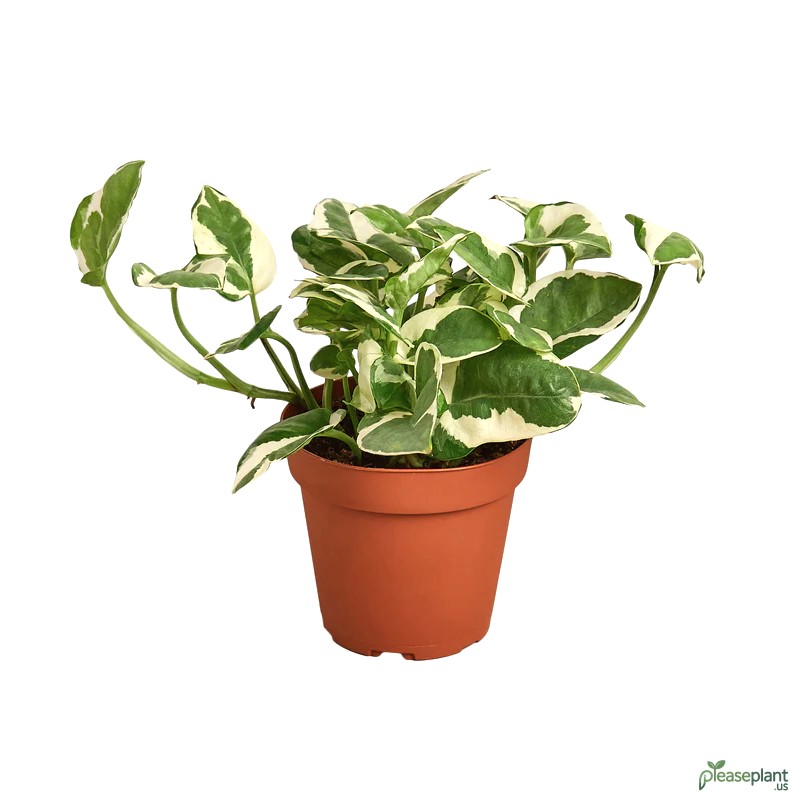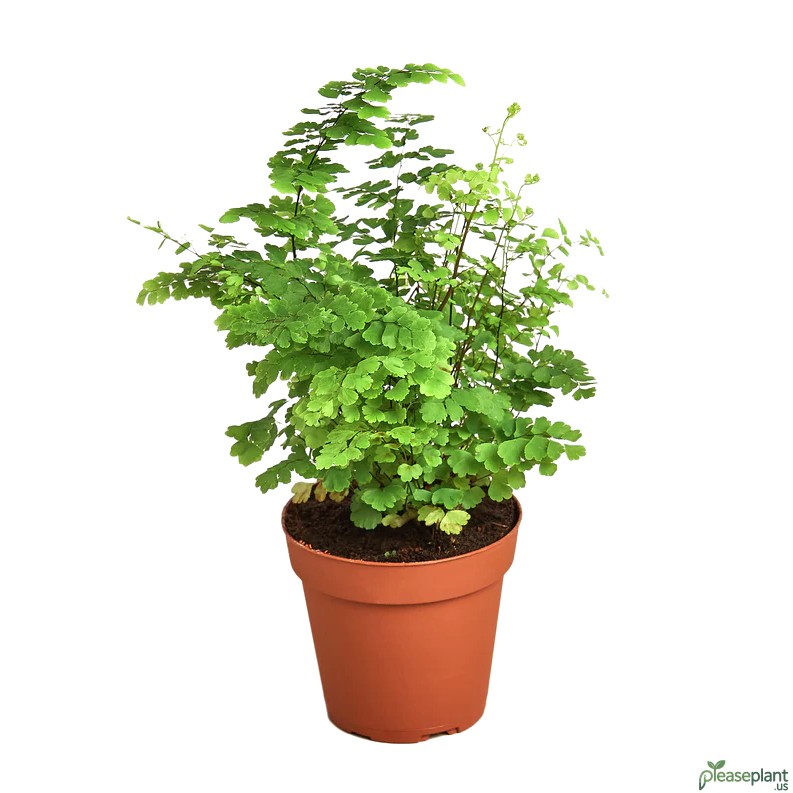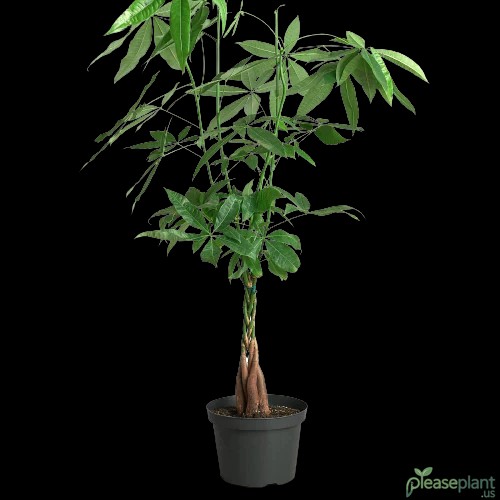Peperomia Ripple Red is a stunning houseplant, but like all plants, it faces its share of pesky enemies. From spider mites to mealybugs, these little pests can turn your leafy friend into a sad sight. Luckily, with a keen eye and some trusty treatments, you can keep your Peperomia in top shape. Whether you're a seasoned plant lover or just starting out, understanding these common pests and how to handle them is key to keeping that red ripple glowing vibrant and strong.
Let Me Tell You About These Pesky Invaders
If you’ve ever looked at your Peperomia Ripple Red and noticed tiny dots, webbing, or a general lack of vigor, chances are you've got some uninvited guests. These pests aren’t just a minor annoyance; they can seriously mess up the health and appearance of your beloved plant. The usual suspects? Spider mites, mealybugs, and fungus gnats love to take a nibble or suck the sap right outta your leaf ripples.
Spider Mites – The Tiny Web Spinners
Spider mites are like the ninjas of the pest world – super tiny and hard to spot until the damage is done. You'll notice fine webbing on the undersides of leaves and a dusty, speckled look as they suck out plant juices. They thrive in dry, warm conditions, so if your home’s heater is blasting in winter, you might be inviting these critters over for tea.
Treatment? A good spray with neem oil or insecticidal soap usually does the trick. I remember once ignoring the early signs and ended up with a whole colony spinning webs on my Peperomia. Took a solid week of daily sprays to get them gone, but persistence pays off!
Mealybugs – The Cottony Culprits
Mealybugs look like fluffy white cotton balls stuck on your plant stems and leaves. They’re slow movers but pack a punch by secreting honeydew, which attracts sooty mold and invites other problems. They love hiding in leaf joints and crevices, making them harder to spot until damage is obvious.
My tip? Dab them with a cotton swab dipped in rubbing alcohol for small infestations. For larger outbreaks, neem oil sprays or systemic insecticides work wonders. Just make sure to keep an eye; these buggers can bounce back if treatment lapses.
Fungus Gnats – The Annoying Flyers
While adult fungus gnats are mostly harmless, their larvae feast on roots, which can stunt your Peperomia’s growth. Overwatering is their best friend, so if your plant’s soil stays soggy for too long, you’re practically rolling out the red carpet for these pests.
To combat them, let the soil dry out between waterings and consider sticky yellow traps to catch the adults. For root larvae, a bit of beneficial nematodes or a hydrogen peroxide soil drench can help. Trust me, nothing kills the vibe of a healthy Ripple Red like soggy soil inviting gnats to the party.
Prevention – The Best Treatment
Honestly, prevention beats cure any day. Keep your Peperomia in bright, indirect light with good air circulation. Avoid overwatering and inspect your plants regularly, especially the undersides of leaves and leaf joints. Quarantine new plants for a couple weeks before introducing them to your collection – pests can hitchhike on unsuspected foliage.
Remember, even the toughest pests can be managed with patience and the right approach. Your Peperomia Ripple Red deserves the best care, and keeping these common pests at bay is part of that green-thumb magic.

